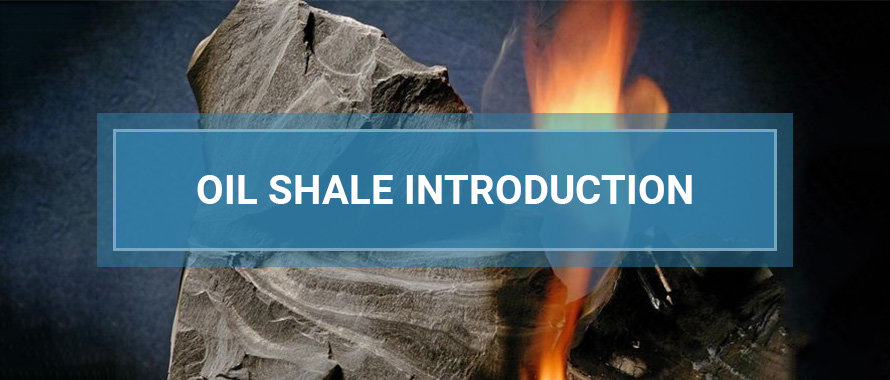
Oil shale introduction
Oil shale is organic rich sedimentary rock containing algal kerogen, an organic chemical compound that, when heated, can produce oil. Also known as “the rock that burns”, oil shale is made up of a solid mixture of organic chemical compounds and is mined in the same manner as coal.
Oil shale is notably different from the product shale oil, which is a substitute of conventional crude oil and is a conventional hydrocarbon in tight formations released by fracking.
Oil shale was first discovered as a valuable commodity in Scotland in the late 1700’s. The source of discovery in Tobane Hills became generic name for Torbanite, a grade of oil shale.
Oil shale deposits vary considerably in nature and yield around the world. In Mongolia the largest deposits are in Tuv province area, and were formed around several million years ago in freshwater lakes. Oil shale estimated reserves in Mongolia totally more than 788 billion tons, while global estimates of oil shale reserves are around 3 trillion barrels.
Key characteristics for commercialization of oil shale deposits include:
- size of deposit
- overburden/depth of shale
- thickness of seams
- chemical composition/yield per tone
